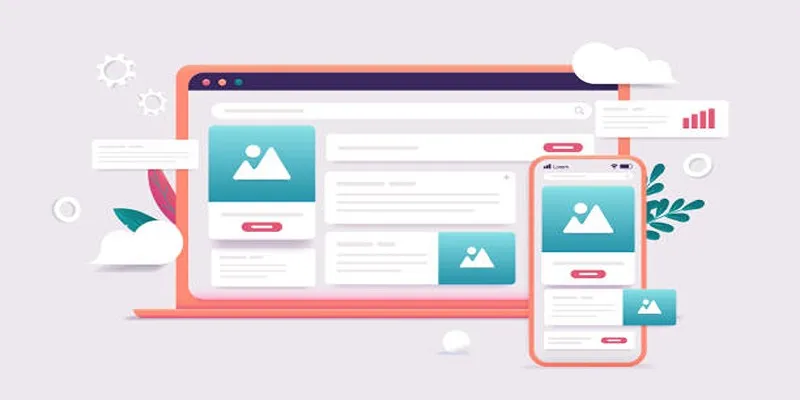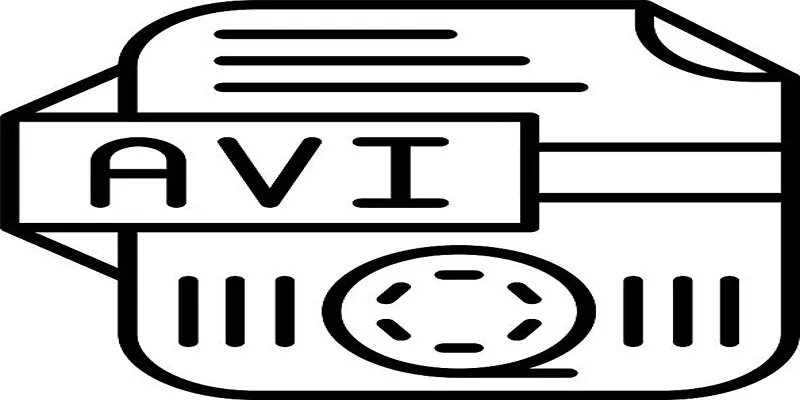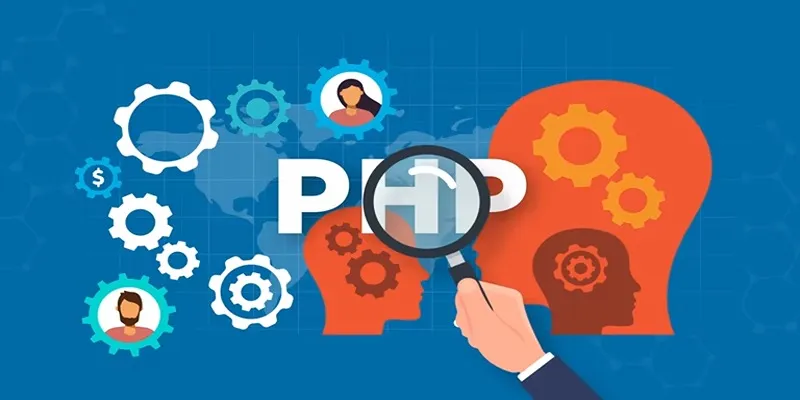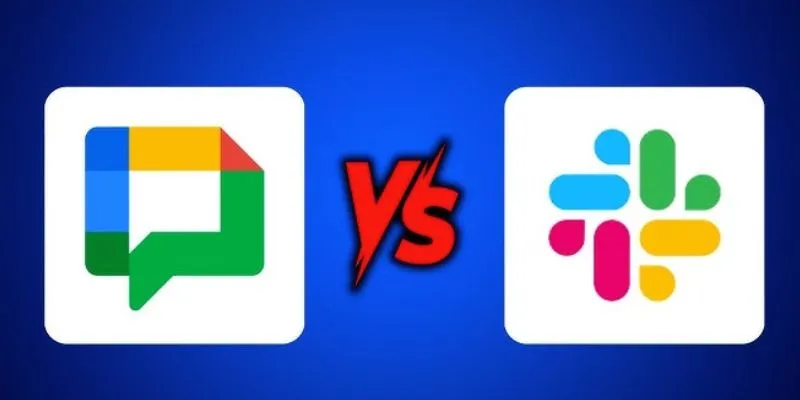6 Ways to Automate Your HR Processes
In 2025, automation and AI strategies have become integral to various professions, including human resources. The HR department is the backbone of any business, and automating its processes can ensure smoother operations. Automation strategies provide innovative solutions, enhancing both employee and customer experiences while integrating flexible work models that boost productivity. If you’re considering automating tasks like performance management, recruitment, onboarding, tax documentation, and expense management, this guide will help you get started.

Understanding HR Process Automation
HR process automation involves using advanced technological and AI systems to optimize the efficiency of your HR team. To begin, identify the most repetitive tasks that, when automated, offer the greatest advantage. Research the appropriate tools for each task, test the software to find the best fit for your business, and integrate it with other tools to enhance efficiency. Don’t forget to train your staff on how to effectively use the AI tools.

Transform Your HR Department with These Automation Strategies
With the basics covered, let’s explore the top automation strategies to transform your HR department using HR automation tools. Focus on automating position and performance management, recruitment procedures, onboarding processes, payroll, travel and expense management, and tax documentation to improve HR efficiency. Here’s a detailed look at each strategy:
Position and Performance Management
Manually managing personnel, organizational structure, and staff needs can be challenging and error-prone. Automating these tasks ensures accuracy and efficiency. AI tools can collect and analyze employee data, providing insights for improvement without manual intervention.
Automated Recruitment Procedures
Recruitment involves identifying, sourcing, shortlisting, and interviewing candidates. Automating these procedures allows for AI-powered scheduling, candidate sourcing, resume screening, assessments, and interviews. Benefits include:
- Significant reduction in bias
- Time savings, allowing you to focus on relationship-building with candidates and new employees
- Data-driven insights from automated systems
Automated Onboarding Process
Onboarding and offboarding are major HR responsibilities, involving information collection, training assignments, and documentation. Automation simplifies these processes, featuring:
- Workflow automation
- Digital workflows
- Personalized onboarding experiences
- Quick reporting and analytics
- Automated messaging to new employees
- Training and learning modules
Payroll
Calculating employee working days, hours, and leaves can be time-consuming and error-prone. Automating payroll tasks ensures quick and accurate calculations. Follow these steps:
- Choose the right AI tool
- Enter the required data
- Establish a payroll calendar for timely payments
- Integrate payroll software with HR systems
- Enable employee self-service for personal information updates and salary views
- Implement security measures to protect data
Travel and Expense Management
Travel and expense management can be repetitive and error-prone. AI-powered Intelligent Document Processing (IDP) scans receipts, extracts data, and cross-checks it against company policies. Key features include:
- Receipt capture and management via mobile apps
- Automated expense reporting
- Customizable approval workflows
- Integration with corporate cards
- Real-time analytics through dashboards
- Integration with HR and accounting systems
Tax Documentation and Compliance Forms
Many businesses hire tax professionals, often at high costs. HR process automation offers a cost-effective alternative, ensuring compliance and accuracy. These systems, known as PEOS, provide data collection, tax rule engines, error detection, compliance checks, and electronic form filling, leading to greater accuracy, lower costs, and better financial insights.
Conclusion
If you’re an HR professional overwhelmed by paperwork, automation is your solution. It reduces time, effort, and costs while minimizing errors and speeding up processes. Focus on automating tax documentation, travel and expense management, performance management, payroll, recruitment, and onboarding for the most effective results.
Related Articles

The Best Employee Onboarding Software: Transforming New Hire Experiences

Discover the 9 Best Tools for Modern Web Design in 2025

The 10 Best Email Drip Campaign Software in 2025 to Automate Your Outreach

Top ActiveCampaign Alternatives to Try in 2025 for Smoother Workflows

Top 10 WordPress Plugins for Collecting User Feedback

9 Powerful Chrome Extensions for Effortless Screenshots

Boost Engagement: 8 Ways to Automate Your Email Newsletters and Drip Campaigns

Enhance Your Customer Support with These 6 Automation Strategies

Effortless Steps to Convert and Upscale Video to 4K Resolution

Top HubSpot Alternatives for Small Businesses in 2025

Which Are The 7 Best URL Shorteners: Simplify Your Links in 2025

How to Simplify Marketing: The 12 Best AI Tools for Social Media Management
Popular Articles

The 6 Best Payment Processing Platforms in 2025 for Smooth, Secure Transactions

5 Best Free Stop Motion Apps for Beginners and Pros

Airtable vs. Google Sheets: Which Should You Use for Your Workflow

Top Tools for Converting MP4 to AVI While Keeping Original Quality

The Best Calendar Apps for Windows in 2025: Stay Organized and On Track

Comprehensive Review of Remo Video Repair and Its Top Alternative

Best Free Video Splitters to Cut Your Clips Like a Pro

Enable PHP in WordPress Posts and Pages Easily

Top Tmux Wrapper Tools for Improved Terminal Management in 2025

Google Chat vs. Slack: Which Collaboration Tool Suits Your Business Best

The 4 Best AI Website Builders for Effortless Website Creation

 mww2
mww2